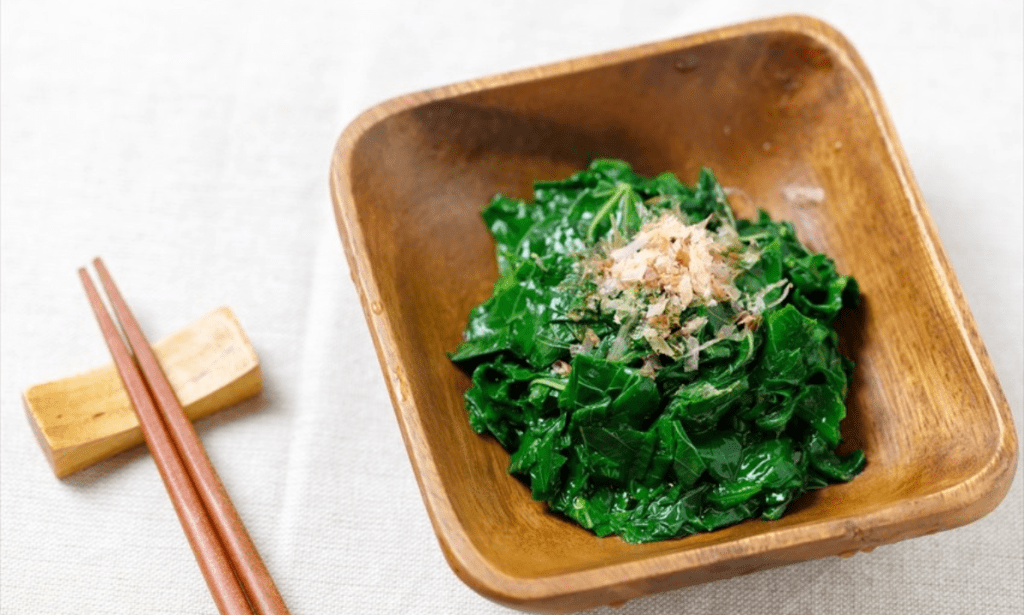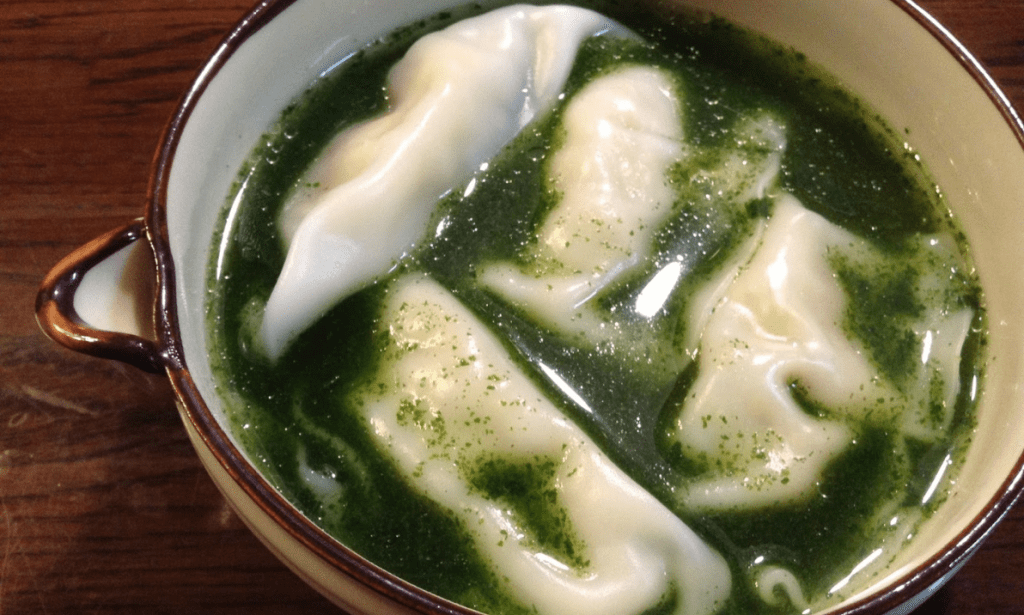You either love it or hate it. The green, slimy soup made with jute leaves has warmed the hearts of millions of Arabs, especially Egyptians. Molokhia is every mom’s go-to dish, a lifesaver for a lazy day. Kids love it; adults love it; it has this indescribable appeal. Guess what? That appeal isn’t just reserved for the Arab World.
Introducing Japan’s Moroheiya
It turns out that molohkia is also loved all the way in Japan where they make their own version of the dish called moroheiya. Even the Japanese Ministry of Education and Science praised it, saying that it contains great amounts of vitamins, minerals, and dietary fibers.


When Did The Plant Arrive To Japan?
All the way back 20 years ago, growers throughout Japan began producing molokhia. Back in the 80s, special adverts were used to promote the plant with slogans like: “the secret of longevity and the favorite vegetable of Cleopatra”!
Over time, the vegetable was adopted by the Japanese, who began cultivating it locally, and today, it is so popular it can be found in most grocery stores across Japan.
One of the reasons why it is so popular is because of its slimy, thick texture, one that is already beloved in Japan. That is why they love natto (fermented soybeans), ground yam, and other sticky vegetables.
How Is It Cooked In Japan?
In the Arab world, molokhia is either cooked in a warm chicken broth (Egyptian style) or in a lemony broth (Lebanese style). If we set our sights on Japan, things take a different turn. Believe it or not, in Japan, there are dozens of ways to cook molokhia.
One of the common ways is to make it in a Japanese style: blanche it, place it over a bowl of rice, and pour some soy sauce or dashi on top.


Known for its fried tempura dishes, Japan couldn’t resist frying up molokhia, so they made their very own tempura molokhia. You can also find molokhia made in miso soup, stuffed in gyoza, atop a bowl of soba noodles, or simply sautéed in sesame oil.
Does It Exist Elsewhere?
It mainly exists in Arab countries that extend beyond Egypt and Lebanon, including Palestine, Tunisia, and Iraq. In addition to Japan, it is also eaten in Cyprus.
This makes it a beloved dish, one that is so versatile that it is made in more than one way and enjoyed by more than one culture. Tell us, do you know any other cool facts about the beloved plant?



